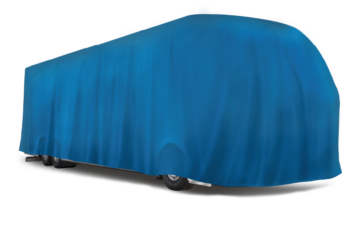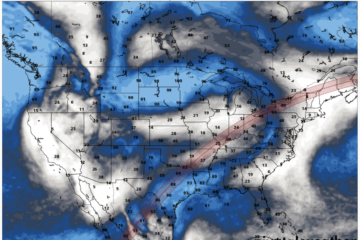If you’ve not watched our live stream unboxing, setting up and testing Starlink in Texas, you can check that out here.
If you have watched it, you’ll know we didn’t get a connection to the Starlink satellites during our testing. So, today, I used the Starlink support portal and received a response in just a few hours. Here are the highlights:
- Why didn’t we get connectivity?
- Currently, there are no active cells in this part of Texas. This was kind of expected and I’m OK with it.
- What is the wind rating of the Starlink Beta dish?
- The Starlink Beta dish is tested for winds up to 75mph, but because specific conditions can vary greatly, SpaceX does not guaranteed the Starlink dish even if properly mounted in winds of that speed. SpaceX recommends that if you fear damage to your roof, property or Starlink dish, to remove the dish before, then re-install the dish after the weather event. SpaceX advises that for maximum security and safety, a tether is recommended to keep the dish attached to the building — a flexible steel cable for example.
- What are your options considering you can’t really use the service?
- SpaceX offers the ability to return the Starlink kit for a refund or just cancel service until it’s available at our location. We can also just continue to pay for the service if we desire.
- Does SpaceX still intend to offer service for mobile use?
- Yes, SpaceX is working to make Starlink available and usable for RV and other mobile users. There’s also nothing preventing use of the Beta terminal in a mobile scenario — aside from lack of active cells.
What are we going to do pertaining to the terminal / service, etc…
We knew when we placed the order that it was unlikely to be functional for us where we are this winter — at least not for a few months. Thus, we plan to keep the beta kit and continue to pay for the service even though we can’t use it just yet. Why? We look at it as investing in the future success of SpaceX and Starlink.
In case you’re not aware, I’m a bit of a geek. I’m already doing testing and monitoring of communications between the app and dish, as well as checking thermal output of the dish, power injector and WiFi AP. So, I can keep busy even without it having a link to the satellite constellation.













4 Comments
Herbie AKA Redjaguar100 · 2020-11-13 at 21:16
This is so exciting, and I can’t wait to see what it can do once they really get the service up and running. People who don’t understand that most new projects has it share of growing pains just like new cars, trucks, etc, or anything with new tech.. But once it get rolling, you’ll almost feel like you can’t live without it.
Michael · 2020-11-24 at 15:33
FYI — In follow on testing, I saw the dish up to 71 or 72C… too warm to comfortably touch.
Herbie AKA Redjaguar100 · 2020-11-24 at 19:57
I’m sure once you get settled in Vegas, you’ll figure out why it seems to get that warm. Those temps seem to be a little high for my liking. I wonder how warm it will get on a roof in the middle of the summer heat..
Michael · 2020-11-24 at 20:12
Hey Herbie,
I think it is attempting to ‘melt’ away any obstruction since it’s not able to link to the Starlink constellation. Others with connected dishes don’t appear to be so warm, with some even collecting a bit of ice – but easy to wipe away. Starlink engineers have said they will be optimizing power usage and heating ability. Most connected and in-use dishes seem to be using around 100 watts, not the 160 to 170 I was seeing.
Comments are closed.